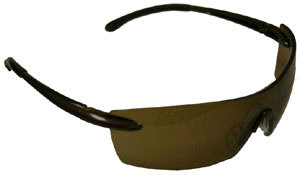From early childhood, it’s always been easier to find someone else to blame when we slip up.
It’s funny how that seems to be built into our personalities, some of us more so than others.
A friend once noted:
“My kids were always innocent until proven guilty. There was a bad guy somewhere in the picture, but it wasn’t them! My daughter even blamed a little puppy for following her from school. I am sure she didn’t encourage the puppy at all……………..”
At home or on the job, we all seem to want to place the blame on someone else when things happen. When there is an accident at work, home or play, the important thing is to not play the “blame game”, but fix the problem. If you notice someone acting out all the time, they may be taking their problems out on others. There are persons who feel that the whole world is out to get them. It’s our responsibility to help them understand that everyone makes mistakes, and together, with teamwork, it’s going to be corrected.
We need to make a commitment to workplace excellence and create a safe, healthy environment. When you notice someone you work with exhibiting safe behaviors, give them a pat on the back, and maybe others will follow suit. It’s amazing how far a compliment can go; it’s much better than constant criticism.
![[gickr.com]_1e6b2394-3a63-7b34-8127-46a4264028dd Various Safety Posters](http://www.blog4safety.com/wp-content/uploads/2009/07/gickr.com_1e6b2394-3a63-7b34-8127-46a4264028dd.gif)
If you can “Walk the Safety Walk” and “Talk the Safety Talk” you will spend your time doing that, not blaming the other guy. And, if for some unforeseen reason, something happens that is your fault, just admit it and go on. If you are thinking safety, it will only be a minor glitch, and hopefully an easy fix!
![[gickr.com]_2b270b77-6afd-1604-e976-f132e393214e Different styles of gloves available](http://www.blog4safety.com/wp-content/uploads/2009/07/gickr.com_2b270b77-6afd-1604-e976-f132e393214e.gif)
